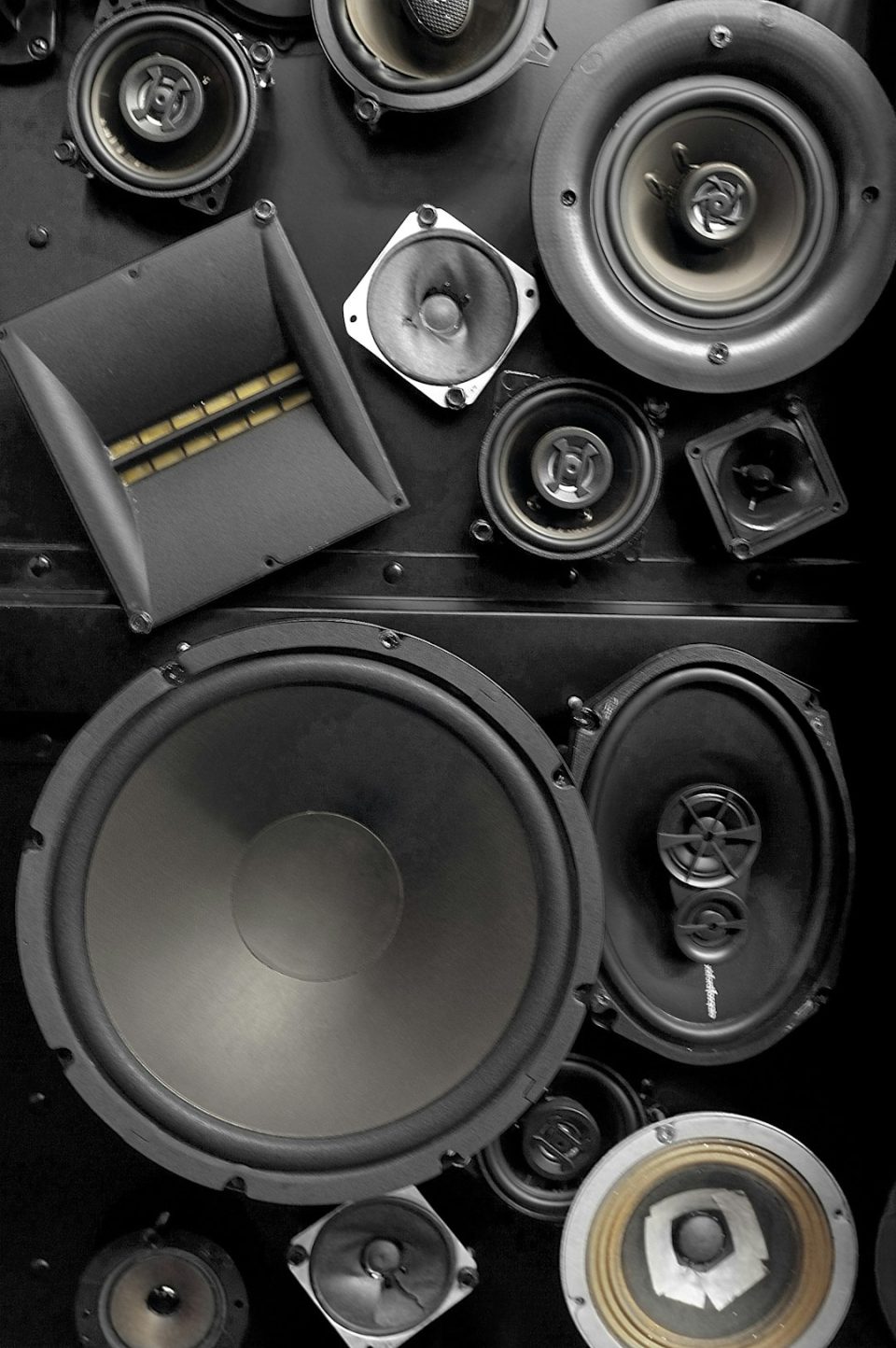Ever sat down to watch a movie at home and noticed the letters DTS pop up on the screen? You might have wondered, “What is DTS and why should I care?” You’re not alone. Let’s unpack what DTS means and how it makes your home theater experience way cooler.
What Is DTS?
DTS stands for Digital Theater Systems. It’s a technology that delivers high-quality sound in movies, music, and games. Think of it as a special way to package sound so it feels like it’s happening all around you.
Imagine this: A helicopter flies overhead in a movie. With DTS, it doesn’t just sound like noise. You feel the whoosh from above. That’s the magic.
Where Did DTS Come From?
DTS was born in the 1990s. It was actually created to give tough competition to Dolby Digital, another big name in the audio game. Steven Spielberg used DTS for the movie Jurassic Park. After that, everyone wanted in on the action.
How Does DTS Work?
DTS compresses sound files without losing too much quality. This makes the files easier to handle but still super detailed. The cool part? DTS lets sound come at you from different directions. It turns your living room into a surround sound playground.
Here’s a simple example:
- A character whispers from your left — you hear it on the left speaker.
- Thunder rumbles above — your ceiling speakers bring it to life.
- A car speeds by — the sound travels from speaker to speaker as it zooms past.
It’s all about feeling the action rather than just hearing it.
Types of DTS Formats
Not all DTS is the same. There are different versions made for different setups. Here’s a quick breakdown:
- DTS Digital Surround – The original version used in DVDs and early movie theaters.
- DTS-HD High Resolution Audio – Better quality sound for Blu-rays and HD content.
- DTS-HD Master Audio – Lossless audio that sounds exactly like the studio version. Audiophiles love this one.
- DTS:X – The fancy new kid on the block. It’s object-based, meaning sounds move freely in 3D space.
Wait, What’s Object-Based Sound?
Great question. In regular surround sound, audio is locked into specific speaker channels. But with DTS:X, each sound is treated like an object. This means a helicopter can fly in any direction — even up and down!
All you need is a DTS:X-compatible receiver and some good speakers, and you’re ready to go full 3D with your sound.
Is DTS Better Than Dolby?
This is the big debate. DTS or Dolby? Who wins?
Honestly, both are great. But here are a few things to keep in mind:
- DTS usually has higher bitrates, which can mean better quality sound (in theory).
- Dolby has wider support in streaming platforms and TVs.
- DTS:X and Dolby Atmos both offer 3D-like audio. It depends on your equipment and personal preference.
It’s kind of like Coke vs. Pepsi. Some people swear by one. But most of us just want a cold drink (or in this case, awesome sound).
How Can I Get DTS at Home?
Getting DTS sound in your home theater isn’t super hard. Here’s what you’ll need:
- A Blu-ray player or streaming device that supports DTS audio.
- A home theater receiver that decodes DTS formats.
- Speakers – at least five, plus a subwoofer for that deep bass. More speakers = more immersion.
Bonus points if your setup includes ceiling or upward-firing speakers. That’s how you get the full DTS:X experience.
What About Streaming?
Some streaming platforms support DTS, but it isn’t as common as Dolby. You’ll often find DTS audio in Blu-ray discs or movie downloads from services like Kaleidescape. So if you’re serious about sound, physical media still holds the crown.
Gaming + DTS = Epic
Gamers, take note! Many games now support DTS audio. It makes a big difference.
In a shooter game, footsteps come from the direction your enemies are sneaking in. You feel more immersed, more aware. It’s not just sound. It’s strategy.
Can I Use DTS with Headphones?
Yes! DTS has something called DTS Headphone:X. It simulates a full surround sound setup using just your headphones.
This means you can enjoy that cinematic feel even when you live in a noisy apartment or want to be quiet at night. DTS Headphone:X gives you positional audio like you’re right in the middle of the action.
DTS in Music and More
Movies and games are the big stars here, but DTS also pushes music to the next level. Some albums are mixed in surround sound, letting you feel like you’re at a live concert.
If your system supports it, give it a try. You may never want to listen in stereo again.
Future of DTS
DTS keeps evolving. They’re working on better streaming, more immersive formats, and even audio tailored to your room’s layout. The goal? To make your home sound better than a movie theater.
Final Thoughts
DTS is a key player in the world of home theater sound. Whether you’re watching movies, gaming, or listening to music, it adds depth and realism.
Understanding DTS doesn’t need a tech degree. Just remember this:
- It improves sound quality.
- It surrounds you with audio.
- It makes entertainment more immersive.
So next time “DTS” lights up on your screen, smile a little. You’re in for a treat — not just hearing a movie, but living it.
